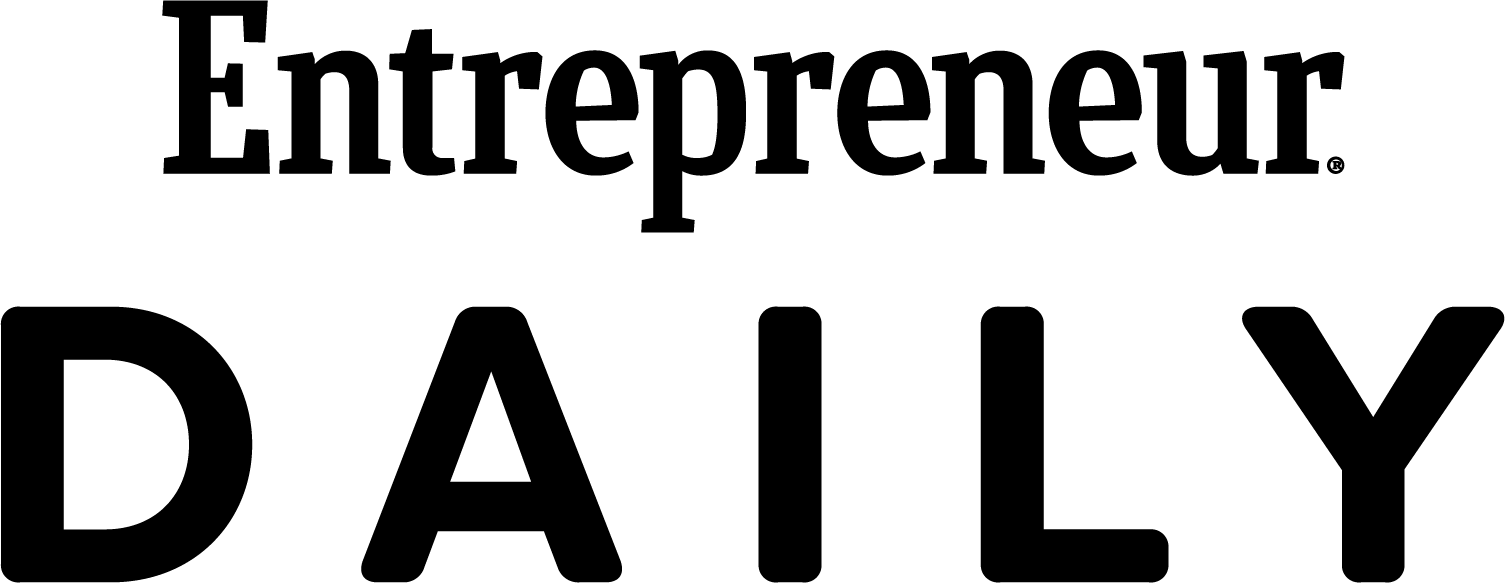For Hewlett-Packard, Symbolism in a Split Like its peers, HP has long said that software and services, not hardware, are the key to future success. A split prepares the company to prove it.
By Andrew Nusca •

This story originally appeared on Fortune Magazine
"Symbolism is important. I learned that in politics."
That's what Meg Whitman, chief executive of Hewlett-Packard, told Fortune's James Bandler in our May 21, 2012 cover story on the company and its woes. Back then, HP was in disarray. Léo Apotheker had taken the reins after Mark Hurd, now co-CEO of Oracle, had left the company in tatters. "Mice skittered in the corridors. Spiders fell from cracked ceilings," Bandler wrote. "As the company cut back on trash pickups, detritus piled up, and in one location workers took garbage home in their cars."
Apotheker, a former executive at the German software giant SAP, was supposed to be the answer, but his decision to acquire Autonomy, a British enterprise software company, for $10.3 billion was a flashpoint that sealed his fate. He would last less than a year in the top position. Whitman was appointed to replace him in September 2011. A month later, she told the New York Times the following: "First and foremost, H.P. is a hardware company. We want to build out our software, but I don't think we are done yet on hardware."
On Monday morning, almost three years to the day that she took HP's top job, Whitman declared the "One HP" mission over. Hewlett-Packard will split into two companies: Hewlett-Packard Enterprise, which will specialize in enterprise technology infrastructure, software, and services; and HP Inc, which will focus on PCs and printers.
HP will remain a hardware-driven company. Hewlett-Packard will not.
The reasoning behind the decision is hardly a surprise. Here is HP's official statement from this morning:
"The decision to separate into two market-leading companies will provide each new company with enhanced independence, focus, financial resources, and flexibility to adapt quickly to market and customer dynamics, while generating long-term value for shareholders."
And here is Apotheker, evaluating the same decision in August 2011:
"We believe exploring alternatives for [Personal Systems Group, HP's PC business] could enhance its performance, allow it to more effectively compete and provide greater value for HP shareholders. PSG is a world-class scale business with a leading market share position and a highly effective supply chain and broad reach and go-to-market capabilities. We believe there are alternatives that could afford PSG more autonomy and flexibility to make strategic investment decisions to better position the business for its customers, partners and employees."
Sound familiar?
When HP canned Apotheker, board director Ray Lane acknowledged that he and his peers liked Apotheker's strategy but hated his execution of it. In this recent announcement, it is clear that the sentiment remains. Now that the price of HP stock has recovered from its lowest point in a decade—it is now trading above the amount it was when Apotheker made the above statement—HP is following through with a strategy it has held for years, even as it turns its back on almost every word it said three years ago under Whitman.
It is a watershed moment for Bill Hewlett and Dave Packard's landmark company, which defined Silicon Valley for a generation and grew to become the largest technology company on the planet. Most people do not realize just how large HP is: Apple, at the height of its powers, currently employs about 50,000 people. Google employs approximately the same. HP employs more than 300,000. Since Whitman became CEO of HP, she has reduced the company's headcount by the equivalent of one Google. (Several thousand more are expected in the upcoming split.)
So why get rid of PCs and printers? For the same reason HP wanted to in 2011. Even though HP makes a very strong showing—it's No. 2 in market share, behind Lenovo—the entire category continues to contract. To win at PCs is a Pyrrhic victory for a public company, even if the company that's winning is big enough to be in the Fortune 50.
On to enterprise services, then, where profit margins are admirable and growth is apparent. Many of technology's largest companies, from IBM to Oracle to Cisco, are vying to provide cloud computing software and services to businesses. The cloud is where businesses are actually using technology to compete with one another. The problem for HP? In Whitman's own words during her most recent earnings call: "Enterprise services continues to be a work in progress." Even as it takes in almost $7 billion in quarterly revenue.
The company has reportedly flirted with sometimes-rival EMC about a merger, and there's much to consider about that idea as the Hopkinton, Mass.-based company is pressured by activist shareholder Elliott Management Corp. In the meantime, the HP split shows Whitman sending a message: If services are the future of Hewlett-Packard, it's time for that business to stand on its own two legs.











